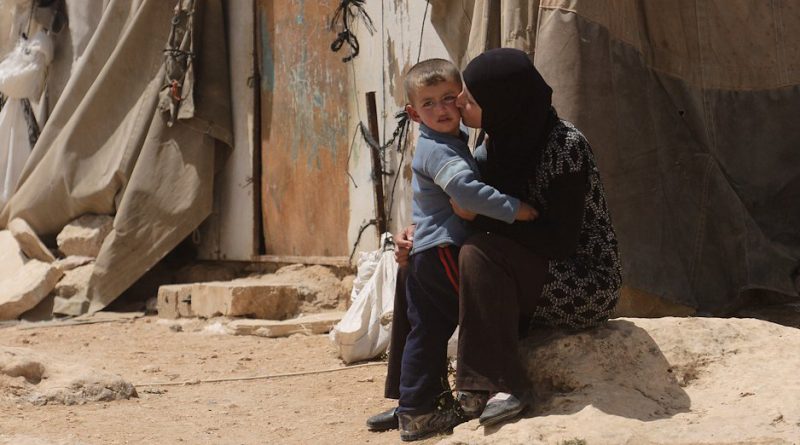Now Reading: Shia Wakf Board Joins Babri Dispute, says that Mosque can be built at a reasonable distance
-
01
Shia Wakf Board Joins Babri Dispute, says that Mosque can be built at a reasonable distance
Shia Wakf Board Joins Babri Dispute, says that Mosque can be built at a reasonable distance
On August 8, 2017, The Shia Wakf Board submitted its affidavit in the Hon’ble Supreme Court, stating that a Mosque can be built at a reasonable distance whereas a temple may be constructed on the disputed site.
The Board contended that it is the only one which is legible to become a party to the dispute as the Mosque was a Shia Property. The affidavit stated that “Only Shia central Waqf board, UP, is entitled to negotiate and arrive at a peaceful settlement with other remaining stake holders,”
The Mosque, as per the Board was built during the reign of Babur, by Mir Baqi, a Shia from Persia and hence shall be considered as the property of the Shia Board.
The affidavit further stated that to prevent collision of both the religions due to the acrimony with relation to the noises that might be created by both the religious institutions, the mosque can be constructed in a muslim dominated area.
On December 6, 1992, hundreds of right wing activists razed the 16th-century Babri mosque, claiming it was built on a temple marking the birthplace of Lord Ram.
In 2010, the Lucknow bench of the Allahabad High Court divided the disputed land into three parts – one designated for the Ram Lalla (or the birthplace of Lord Ram), the second to the Nirmohi Akhada and the third to the Sunni Waqf board.
The 30-page affidavit has gained significance by being filed within a few days of the apex court agreeing to fast track the hearing due to a batch of appeals challenging the Allahabad High Court verdict on the land dispute in the case.








